


November 30, 2023
IMAGE: Missile launch tubes removed from a ballistic missile submarine are eliminated with equipment and services provided by the US Department of Defense’s Cooperative Threat Reduction program implemented by the Defense Threat Reduction Agency. (DTRA Photo)
In 2002, in the remote city of Chelyabinsk, Russia, nestled within the eastern slopes of the Ural Mountains (and close enough to Siberia to be constantly mistaken for it), my twenty-year-old self feverishly studied for exams, determined to graduate with a “red” honors diploma in international linguistics and communication.
I was an avid lover of language learning, so little did I know I was about to embark on a decade-long journey building bridges between the United States and Russia to make the planet a little safer from weapons of mass destruction as part of the US Department of Defense’s Cooperative Threat Reduction program implemented by the Defense Threat Reduction Agency.
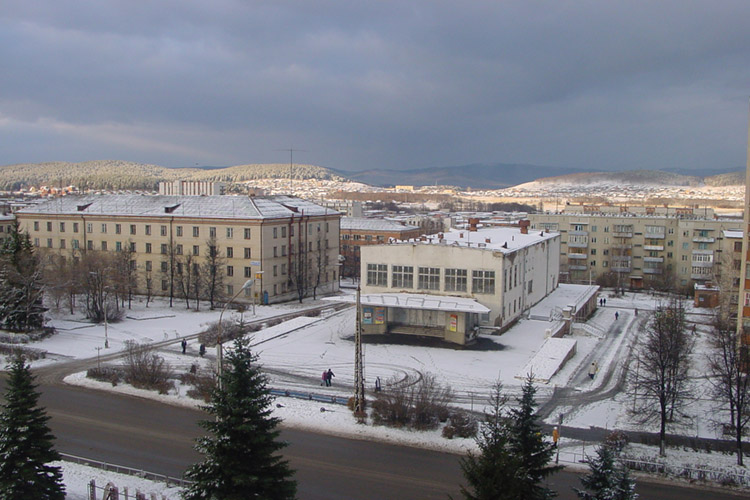
CREDIT: Natalya Romashko
While many people today know that nuclear tensions between the United States and the Soviet Union were high during the Cold War, what fewer remember is just how many weapons and weapons systems were created. The Soviet Typhoon-class submarine, capable of launching ballistic missiles (called SS-N-20 by NATO) with nuclear warheads, was one such example.
The largest submarine ever built, one Typhoon-class vessel displaced 48,000 tons of water when submerged and carried a crew of up to 160 people. The submarine was longer than the Washington Monument is tall. It was wider than two school buses, parked end-to-end.
After the end of the Cold War, there was a great deal of global concern over the dangers posed by so many extra weapons. The Cooperative Threat Reduction program was then established to reduce the threat posed by nuclear, chemical, and biological weapons of mass destruction and their associated materials in the former Soviet Union.
Which brings us back to 2002 and Chelyabinsk, where the US-based Parsons Corporation was contracted to remove missiles from Typhoon-class submarines no longer in use because of the danger they posed. Having been designed in the 1970s and first commissioned in 1983, these missiles carried a solid propellant. This propellant did not age well because, over time, cracks appeared inside the fuel that could easily lead to a massive, loud explosion. In fact, as the missiles aged, even moving them became increasingly dangerous. Accomplishing this would require long-term cooperation between the United States and Russia and, therefore, needed English-Russian linguists.
Freshly graduated with my red diploma, I was hired by Parsons for the job.
The main part of the work, I found out, would revolve around the small mountain town of Miass (pronounced “mee-AHSS,” and not something else, as I cautioned all new travelers from the United States) in the Chelyabinsk Oblast, about 100 kilometers from where I was living. Miass was very rustic, surrounded by beautiful forests, lakes, and rivers, and we were going there because that was where the Makeyev Design Bureau originally designed and constructed the missiles.
I had no idea submarine missiles were produced so close to home. You may be asking yourself the same question I did at the time: who on earth decides to build submarine missiles in the mountains?! But off we went.
I’ll admit—it was quite a challenge to move there, even though it was only a few hours away from where I lived. Miass had one main road, two residential villages, a couple of restaurants, a few small grocery shops, a hotel, and maybe a hairdresser, but that was it. For any, literally any, kind of city experience, you would have to travel to Chelyabinsk.
I can only imagine what it was like for US team members who, on top of being dropped into a relatively remote Russian town with little to do, were basically dependent on one person (me) to communicate with locals or do any kind of task. Finding English speakers would have been challenging even in Chelyabinsk, but it was practically impossible in any of the surrounding smaller towns or rural areas.
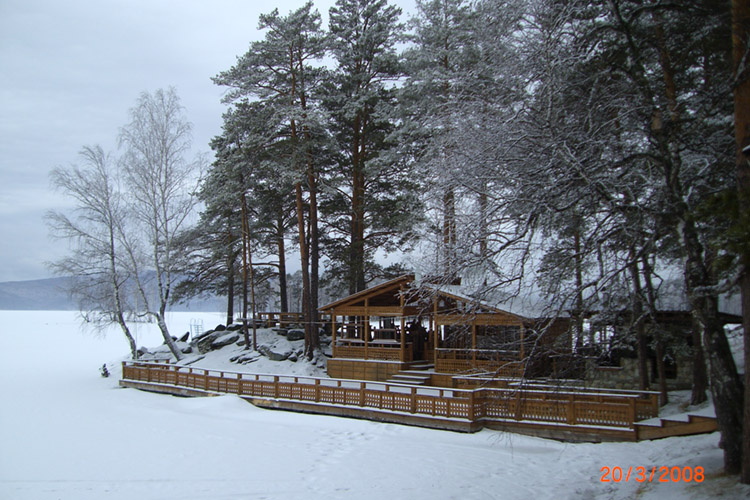
CREDIT: Natalya Romashko
Because of this reality, it fell to me to figure out how to set up…well…everything. From finding housing and signing rental contracts to creating an office space and registering foreign citizens, I did it all. Because none of this infrastructure was established, at first we actually lived in a stunning lakeside resort sanatorium (think wellness spa) for a few months, which was an interesting start.
Obviously, among all these unavoidable and necessary logistical and relocation issues, the main point was to establish contact with the Russian counterparts on the ground whose knowledge, expertise, and input we needed to get this done.
First, we had the original constructors of the missiles, the Makeyev Design Bureau. Second, we had the Zlatmash Machine-Building Plant, an arms manufacturing plant that originally built the actual projectiles and was responsible for the work done on the missiles on the ground.
The first impressions created at this meeting are difficult to overestimate.
On the one hand, it was a first-time experience for these Russian companies to work on a project with the United States; on the other hand, it was clear that there was a bit of a tug of influence between the two companies. The design bureau aspired to establish primary authority, while the Zlatmash plant was eager to ensure its interests were taken completely into consideration.
Neither company had dedicated English-speaking personnel, so it was crucial for me to establish comfortable confidence and ensure the smooth flow of communications.
The key to successfully launching this project lay in deciding to establish two independent contacts with the design bureau and Zlatmash, since having two independent channels of communication would ensure better archiving transparency.
The setting for each encounter was incredibly restricted. Visiting the actual missile-handling facilities was time consuming because of the clearance protocols and permissions required. Security regulations were strictly enforced on-site, and it was absolutely crucial to comply with all rules to avoid any misunderstandings or accidental infringements.
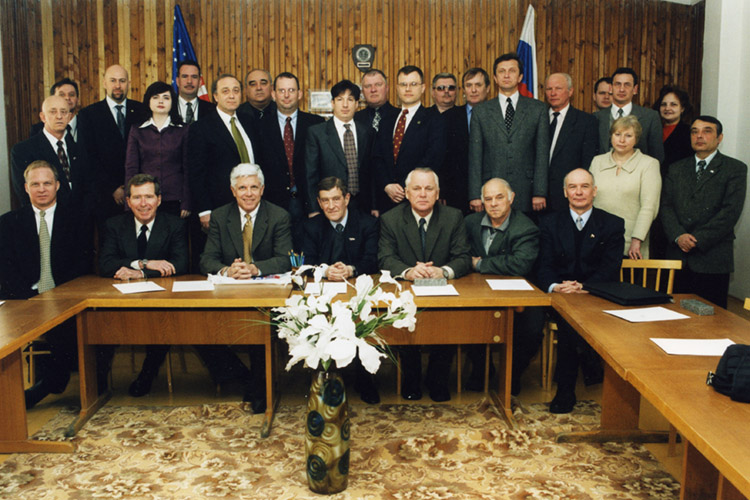
CREDIT: Natalya Romashko
Remember, we were talking about high-level national security considerations between the United States and Russia having to do with submarines and weapons systems, so we all needed to be extra cautious.
Electronic devices, including cables and accessories, were strictly prohibited. So I took it upon myself to be extra attentive to everybody on the visiting side to make sure they brought nothing. You know, they say, “When in doubt, ask questions.” Well in this case, given the stakes and sensitivity, I would say, “Even if not in doubt, ask anyway! You may be surprised.”
And while over the next ten years there was not a single accidental infringement of any rule (something I take great pride in), it took being very attentive at all times, which can be a challenge. On one occasion, during the visit of a large US delegation, I finished helping everyone as I usually did and almost forgot to leave my own phone. Luckily, I remembered at the last minute, but that was a close call…no pun intended.
Because the closed facilities were so restricted, for practical reasons meetings were limited to encounters in US contractor facilities or the missile-elimination site (although even this required requesting advance access, a process that easily took a month-and-a-half each time).
Being the only person facilitating communication 99.9 percent of the time, I cannot think of anything more challenging than having to attend to and manage all the players who had something to say. There were teams of people constantly trying to communicate, with me in the middle trying to manage it all.
I chose to focus on the big picture rather than just the words. My job, as I saw it, was to analyze what was said and come up with additional suggestions and ideas about what might be meant. That included processing the discussion and trying to provide the US side additional meeting follow-up analysis on the context, specific language use, and even nonverbal elements (virtually impossible to do on the spot).
At times, all of it got the better of me.
On one occasion, a representative from the design bureau was trying to convey his point. Visibly anxious, he had a hard time finding his words, starting and dropping a sentence and then resuming a new one for a while. I felt bad for him, but without interrupting at any point, I patiently let him finish and then translated the essence of what he said.
This prompted a question from my boss, asking why, when this poor man “spoke for about five minutes,” my translation ended up only being about thirty seconds. I had been so focused on paying attention to effectively conveying what had actually been said that I didn’t realize how something came across was also important. Remember, this was a loaded, intense setting, so even little things were amplified. Luckily, this was a rare occurrence, and as my confidence grew, situations like this did not happen anymore.
There is one more tricky translation anecdote that I always remember though. It was one of the very rare occasions Zlatmash had one of its own personnel acting as an English translator, this time for the director of the plant. But this person was not really professionally trained to do this, so he accidentally invited the US side “to have a cup of tea in a restroom”!
It was funny but is actually an easy linguistic trap to fall into. In Russian, the term for “a lounge room” vaguely translates to “a room for resting” or “a room of rest.” Naturally, this was a genuine after-work invitation to the US team for some tea before departing the site. There was no harm done, but the story reminded me just how delicate my work was. Imagine such a mistranslation or misinterpretation of something else.
There were also cultural differences to balance. In the Russian business world, everything must be documented in writing. And I mean everything, no matter how small. So, purely for efficiency, we agreed that all communications from the Russian side would remain in Russian. If translations to English were involved, it would extend the process by weeks.
I took my job very seriously though. One particular aspect I placed major importance on was to capture, analyze, and convey the arguments that had honest concerns behind them, especially to avoid these concerns being misinterpreted as unwillingness.
Clearly, my job became much larger than my linguistic responsibilities. But language is a great connector, and one of the most significant parts of my job was building lasting relationships.
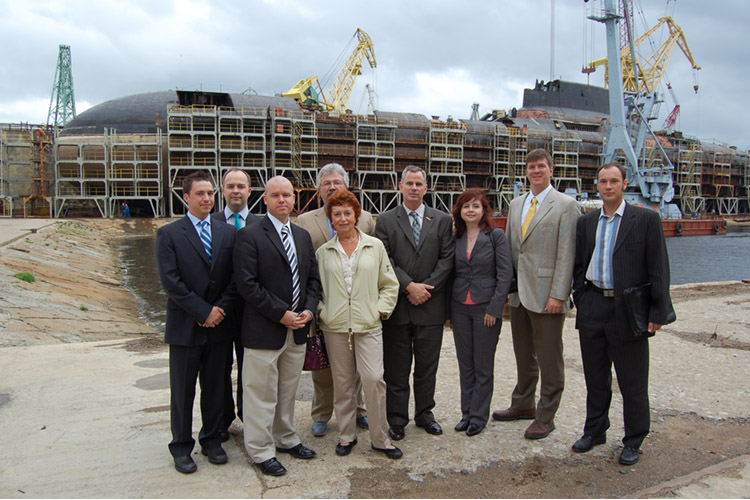
CREDIT: Natalya Romashko
Establishing a trust-based relationship was instrumental in averting crises before they evolved into significant setbacks. One particular instance involved the use of specialized equipment for the separation of missile stages; these tools were custom made, outdated, and highly expensive. Replacing them would not only have been costly but would have also taken months, severely impacting the project’s timeline and overall performance.
Sensing the gravity of the situation, I cautiously approached the Russian team to explore whether any of their existing tools could be adapted for our needs. They took my suggestion seriously, keen as they were to continue with the project. Their affirmative response meant that although we still had to spend time on reconfiguration and subsequent certification, the solution was far less costly and time consuming than it could have been otherwise.
In another episode, this time concerning railroad repairs, I picked up on an air of discomfort from the Russian side. While they were grateful that the US team had undertaken emergency repairs—repairs that were actually the Russian team’s responsibility—they expressed concern about the issue potentially recurring. The Russian side lacked stockpiled rail materials, which could become a bigger problem if there were future issues with the repair.
Recognizing the delicacy of the situation, I encouraged them to voice their concerns, no matter how uncomfortable it might make them feel. The benefit of tackling these issues head-on, rather than waiting for them to reappear unexpectedly, was clear. Taking my advice to heart, the Russian team communicated their immediate, reasonable, and justifiable needs, which we were able to address promptly, thus averting future crises.
As the project progressed, I was transferred to Moscow to continue providing support. Working across three international time zones (Washington, DC—Moscow—Miass) was challenging but not a hindrance thanks to the excellent relationships I had established.
This was well before Zoom calls were the norm, and we were still discussing sensitive information, so having regular phone calls where we could share information ahead of formal letters and emails saved valuable time. Official diplomatic and government-to-government channels are steeped in protocol, so being able to call the Russian side before following up with an email (because “everything should always be in writing, okay?”) kept the wheels moving.
The entire effort to remove missiles from Typhoon-class submarines took approximately ten years, from late 2002 through September 2012. We eliminated more than seventy missiles that were once carried by the largest submarine ever built. It was a success, but there were several times the entire project nearly derailed. Pun intended. The railroad conditions at the original storage location in a remote northern Russian town were awful, but we managed to persevere.
This account would not be complete without mentioning how utterly impressed I was during the entire project with the US team. I never heard a single complaint or protest. Just imagine for a minute staying at a hotel surrounded by a frozen lake and a forest with no working heat at minus 20 degrees Fahrenheit outside. Anyone would complain, but I never heard a word.
To me, the endeavor has a special meaning. I joined the project at the beginning and saw it through until completion. I worked for two companies, relocated twice to different cities, and took on five challenging roles, from a linguist to the Strategic Offensive Arms Elimination program coordinator.
If there is one thing I could highlight as a compelling example of how difficulties can be overcome—and I do not only mean the freezing weather but also the challenges that arise, often unexpectedly—it is when everyone agrees on the importance of the mission and is willing to work together and build those bridges, linguistic or otherwise.
The views expressed in this post are those of the author and not necessarily those of the Stanley Center for Peace and Security or any other agency, institution, or partner.
This story is also available in Russian.
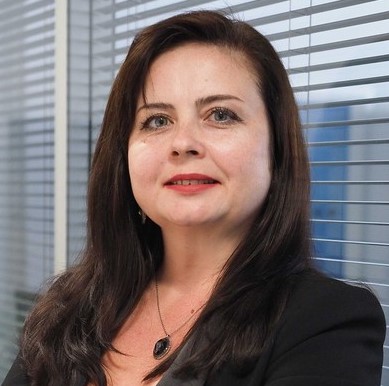
Natalya Romashko is a seasoned multilingual linguist, analyst, and communication expert boasting over 20 years of experience in international PR, communications, and project management. She currently serves as the editor of an international newspaper based in the Canary Islands, Spain.
The Stories